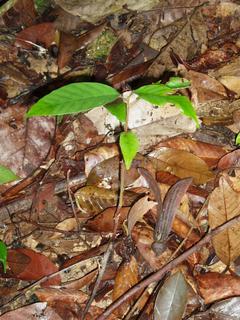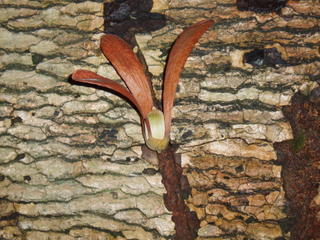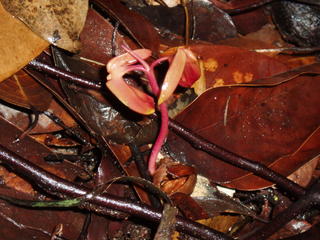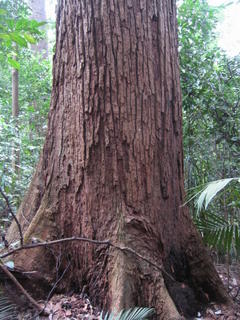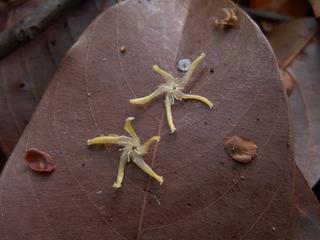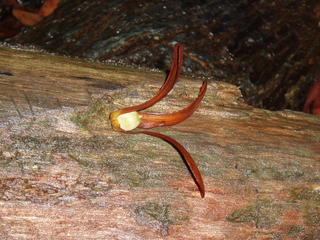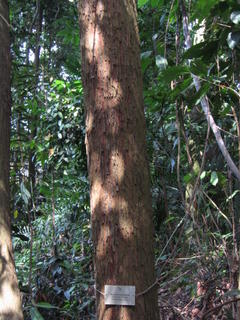So this tree introduction thing was supposed to be a weekly series.. but looks like we're a weeee bit too busy, what with 4/5ths of BTNR still waiting for us. But we'll still try our very best to keep posting! In fact, here's our very next tree.
Next in line of the most common trees at BTNR is the
Terentang, scientifically known as
Campnosperma auriculatum. "
auriculatum" is a latin reference to the "ear-lobes" at the base of the leaf. If you pick up a
Terentang leaf and look at the base, you'll easily see what the name means. This is how to identify a
Terentang:
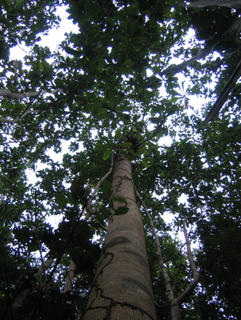
I personally find the easiest way is to look up at the flat-topped crown of the tree, because the
Terentang leaves are arranged in a very characteristic spiral that makes it very pretty to look at.

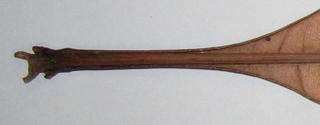
The leaves are very easily recognisable too. They are large, up to 20cm wide and 52 cm long. The shape of the leaf is obovate, with a notched apex (a slightly heart shaped tip) and a base that is tapered and forming a pair of ear-like lobes. The leaf tapers all the way down, so there is no distinct leaf stalk. There are 12-23 pairs of secondary veins, and the tertiary veins are also easily visible on both sides of the leaf, and are a mix of ladder-like and net-like.
The tree trunk often has short spreading buttresses. It can be grey to yellow coloured, and the bark is usually shallowly-fissured, cracked, or papery scaly.
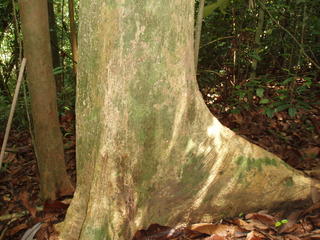
A good place to spot the Terentang is at the beginning of the main road up BT hill. There are Terentang on both sides, and if you look up, it shouldn't be hard at all to spot the spiral arrangements of the leaves.
 Check out the seedlings from the earlier batch, already quite tall! (Late fruits are placed beside the seedling in the top-left and bottom photo for comparison)
Check out the seedlings from the earlier batch, already quite tall! (Late fruits are placed beside the seedling in the top-left and bottom photo for comparison)